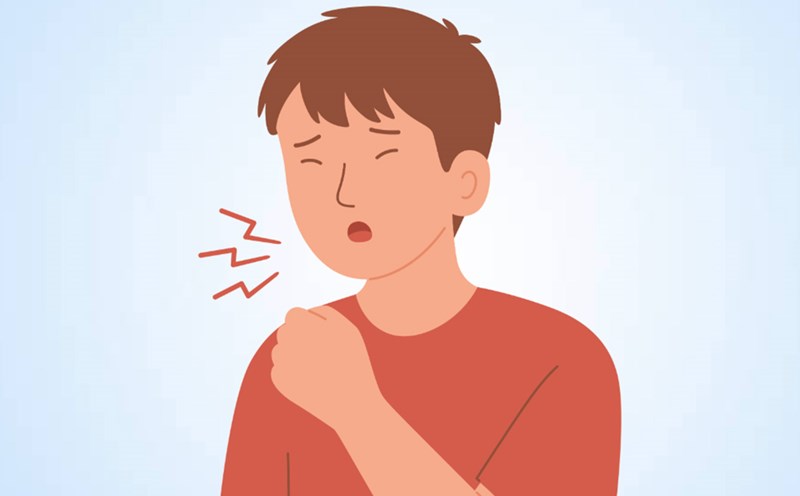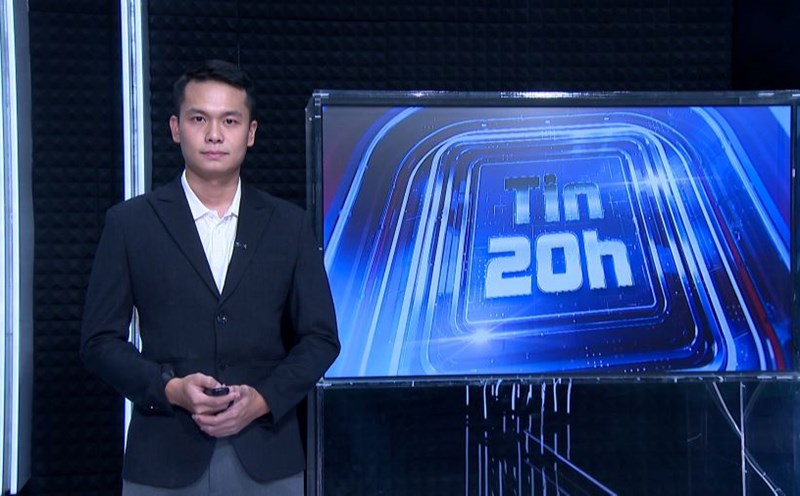The first case was a 67-year-old female patient with a history of having a coronary stent placed a few years ago at another hospital. However, due to severe calcifications in the coronary artery, the stent cannot fully bloom, leading to a narrowing recurrence. The patient was interred many times with nong balls and the RotaPro lime drilling technique (diamond drilling head device), but all did not bring clear results.
The second case was even more complicated: an 89-year-old female patient suffered from severe narrowing of the left coronary artery, the area that supplies up to 70% of blood flow to the heart. Dense limfication plaques pose a very high risk of death if not intervened promptly.
In that situation, the cardiologist team at FV Hospital decided to apply IVL technology - a method of using ultrasound waves to break up the lime plaques in the vessel's intestines. Both patients recovered well after the intervention.
Dr. Ho Minh Tuan - Head of the Department of Cardiology and Interventional Cardiology, FV Hospital - said: In the first case, after 6 IVL waves, the lesion was completely opened, the stent was optimal for expansion, and blood circulation was good. Immediately after the procedure, the patient had no chest tightness and difficulty breathing. The test images show that the blood flow for the heart has been completely restored.
For the 89-year-old patient, doctors combined two methods: using RotaPro to break down the surface layer of lime, then using IVL to deeply impact the calcium layer under the endometriosis. Imaging showed that the vessel was cleared and no longer limped. After that, the doctor placed a coronary stent and checked it using an endovascular image (OCT), recording a very positive result.
According to Dr. Ho Minh Tuan, IVL technique is not only a new step forward in cardiovascular intervention in Vietnam but also significantly improves the safety of patients. Compared to traditional methods such as nong balls or RotaPro, IVL shows superior effectiveness in handling "hard-headed" limestone patches without causing damage to healthy tissue, while minimizing complications during and after intervention.
A prominent advantage of IVL is the ability to crack the lime patches in deep narrow locations - which is a " obsession" of many interns. The ultrasound pulse waves issued from IVL balls directly affect the limestone structure, helping to expand the vessel, creating conditions for the stent to bloom optimally - something that many other methods cannot achieve.
This technique not only helps improve symptoms of chest tightness and shortness of breath but also contributes to improving the long-term quality of life for patients, Dr. Ho Minh Tuan emphasized.









